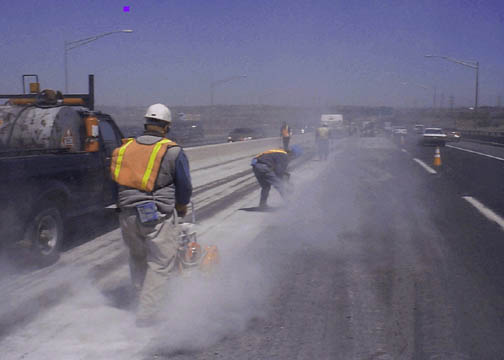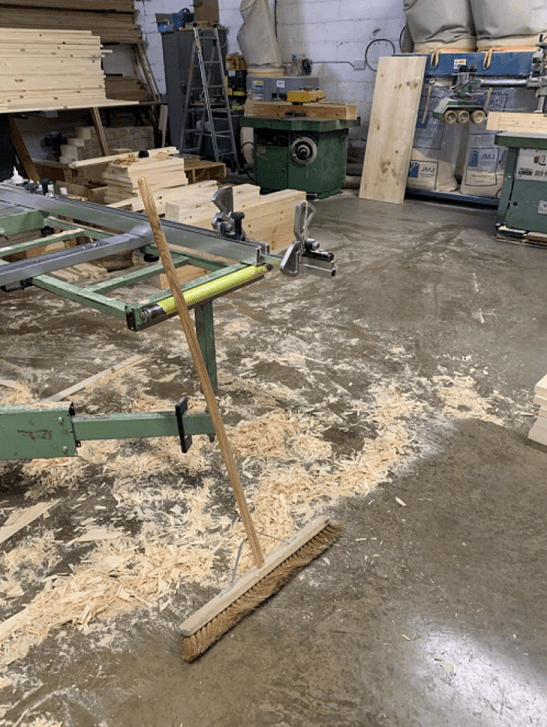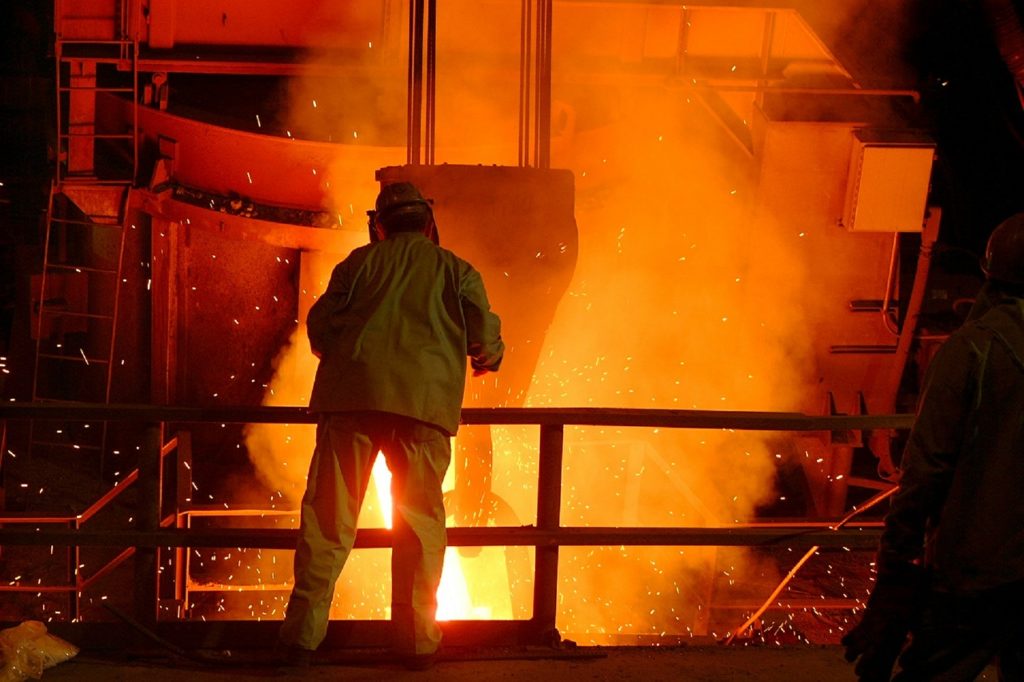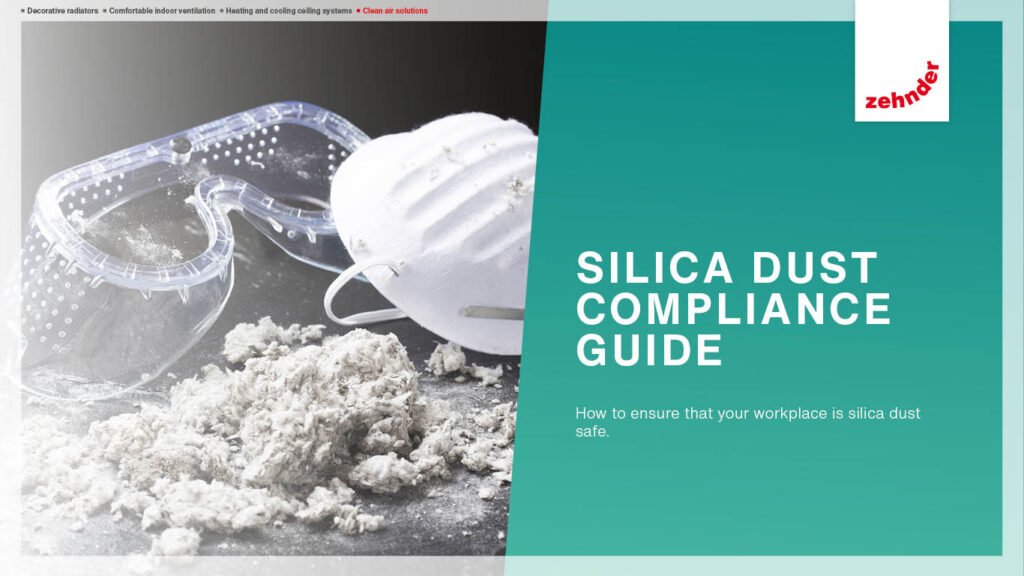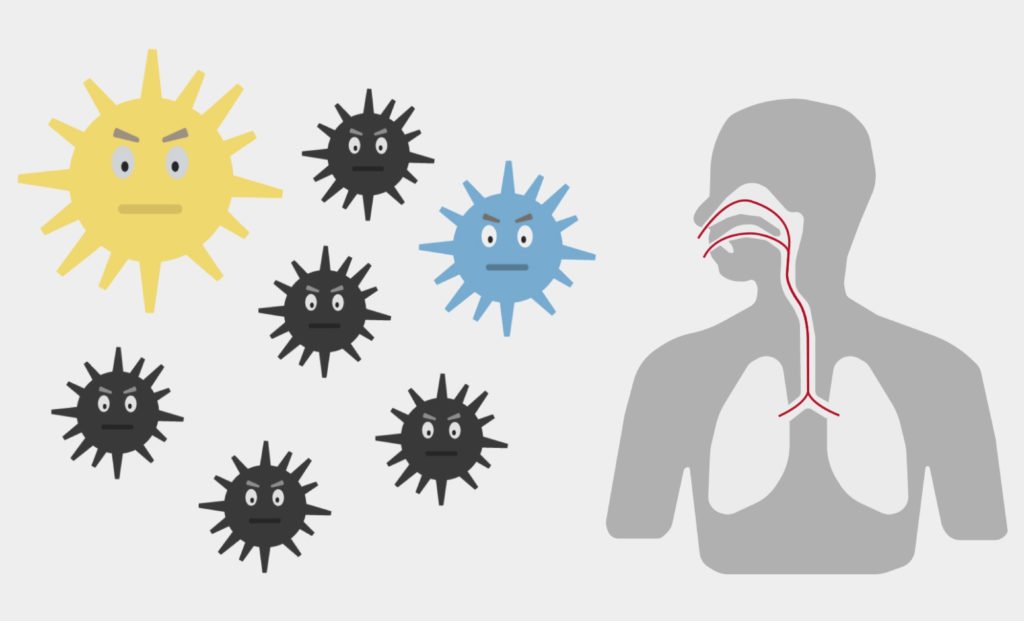Dust is tiny, dry airborne particles that are produced when materials are cut, drilled, demolished, sanded, or shovelled.
This means many work activities can create dust. Dust is not always an obvious health hazard as the particles which cause the most damage are often invisible to the naked eye and the health effects of exposure can take many years to develop.
How can dust be harmful?
- Breathing dust into the lungs – inhaling dust can create respiratory problems.
- Swallowing dust – inhaled dust can enter the digestive tract causing gastrointestinal tract irritation. Alternatively, they can enter the bloodstream causing damage to other organs and tissues.
- Eye contact with dust – dust particles can enter the eye causing damage or irritation.
- Skin contact with dust – some dust can cause ulceration of the skin, irritation and dermatitis.
Some dusts present more of a hazard than others, including:
Legislation
The Health and Safety at Work etc. Act 1974 places general duties on employers to protect employees from dust in the workplace in addition to the more specific Control of Substances Hazardous to Health (COSHH) Regulations 2002 (with the exception of asbestos and lead).
How to control dust in your workplace
- Minimise emission, release and spread of substances hazardous to health.
- Consider routes of exposure – inhalation, skin absorption and ingestion – when developing control measures.
- Choose effective and reliable control measures to minimise the escape and spread of dust, proportionate to the health risk.
- Provide suitable personal protective equipment where necessary.
- Check and review effectiveness of control measures.
- Inform and train all employees on the hazards and controls in place – including cleaning and maintenance staff.
Practical control measures may include the following:
- segregate the process from employees – consider enclosures;
- control dust at source using water suppression techniques (applicable to mobile work);
- provide local exhaust ventilation connected to dust emitting processes;
- provide clean welfare facilities for washing and changing as exposure can be increased through eating, drinking, smoking or using cosmetics;
- use specialist advisers, such as an occupational hygienist, to guide you in the appropriate control measures for the particular dust exposure. Note that for some dusts there are specific Workplace Exposure Limits (WELs) which provide a guide for employers to help them control exposure; and
- wearing of PPE/RPE (gloves, respirators) by individuals. Note that where respiratory protective equipment is concerned, it is essential that it fits the individual user (by face fit testing) and that it is suitable for the dust particle size. PPE/RPE also requires clean storage, checking and maintenance, and operator training in correct usage.

